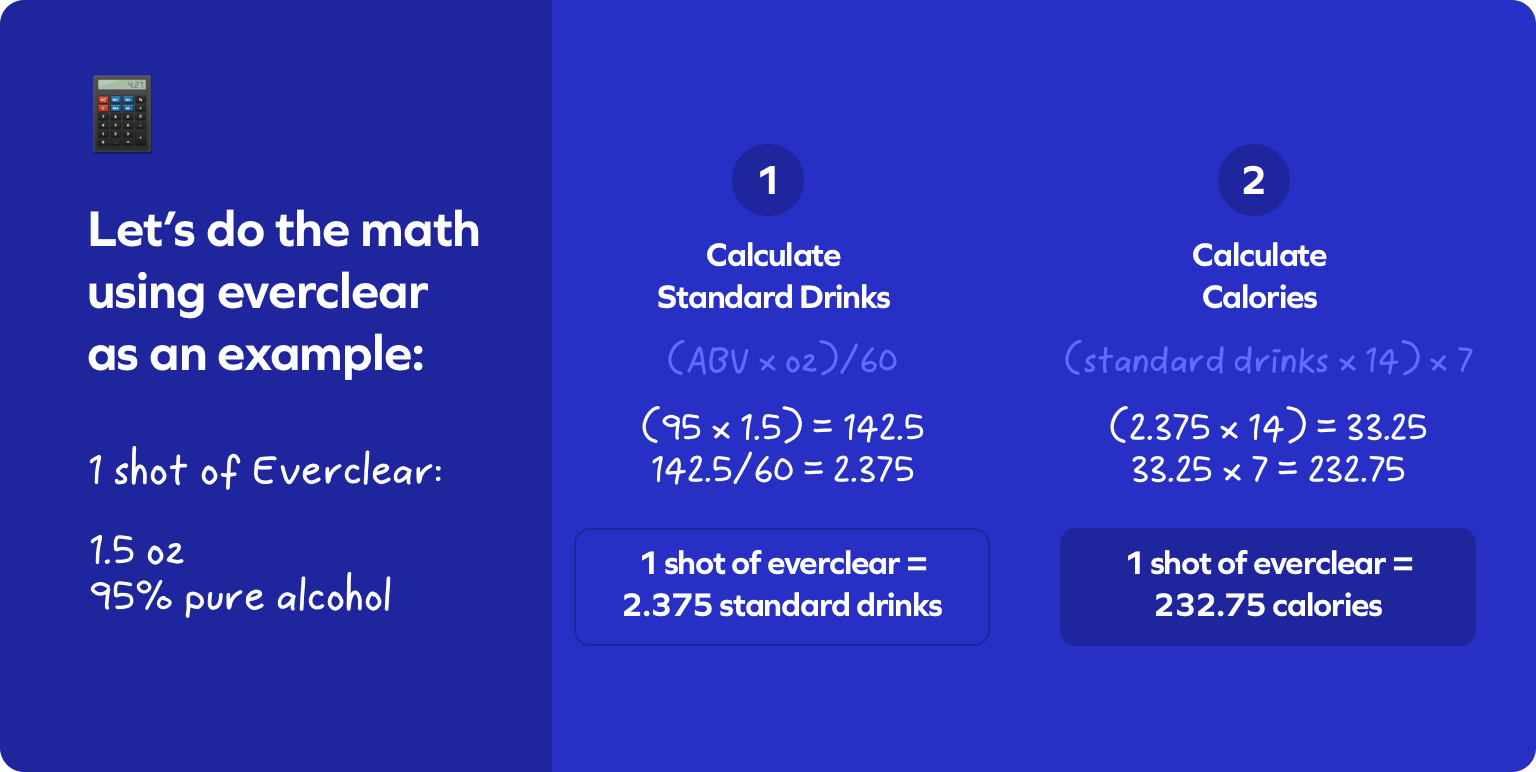How can we help?
Email us at hello@cheershealth.com anytime or browse below.

Get 15% off!
+ first dibs on secret sales
🇺🇸
Made in the USA
with globally sourced ingredients.
✅
GMP Registered
Good Manufacturing Practices
Maintaining health goals often requires being mindful of caloric intake, and alcoholic beverages are no exception. Alcohol has the potential to contain a surprisingly high amount of calories — depending on the type of alcohol, a single drink can range from 80-400 calories. So, if you're not paying attention, these calories can really sneak up on you, and in turn, can impact your health.
Calories in alcohol can come from the added sugar and carbohydrates. Hard seltzers, for instance, can contain up to 100 calories per 12-ounce serving, depending on the type. Fruit-flavored wines and malt liquors, like hard ciders and ales, can contain up to 200 calories per serving.The best way to reduce calories in alcohol is to avoid sugary mixed drinks and opt for light beers or wines. For those looking for some flavor, consider adding fresh fruit or herbs to your drink rather than sugary syrups or juices. Additionally, if you’re looking for a low-calorie alternative to alcohol, plenty of non-alcoholic drinks can help satisfy your craving without the added calories.
It's important to be mindful that alcohol contains empty calories. This means that while alcohol has calories, it offers few nutritional benefits. While the occasional alcoholic beverage may not significantly impact your health, drinking too much can lead to significant weight gain over time. Additionally, many mixed drinks can contain high amounts of added sugars and syrups, which can contribute to weight gain and other health problems.
Alcohol can also decrease your metabolism, making it harder for your body to burn off calories. Even moderate drinking can lead to weight gain if it replaces healthier food choices in the diet. To maintain a healthy weight, it is important to monitor your alcohol intake and make sure it does not replace healthier food options.
Too many calories are the culprit to abdominal obesity — while it's not necessarily beer that contributes to the beer belly, beer and other malt beverages can be particularly high in calories and carbohydrates, leading to weight gain over time. Any kind of calories can increase belly fat, but alcohol is generally associated with bigger waists. This is because when you drink, the alcohol is interfering with the body's ability to burn fat, leading to increased fat storage and weight gain. Sweetened mixed drinks, such as margaritas, can also be high in calories and carbohydrates. Consider opting for lower-calorie beverages — such as light beers and wines — or choosing non-alcoholic options. Additionally, focusing on consuming nutrient-dense foods with your alcoholic beverages can help you to stay on track with your health and fitness goals.
Binge drinking can be a serious problem and lead to many health issues, including increased calories consumed. There are a number of ways that binge drinking can directly cause binge eating:
Knowing the calorie content of the drinks you consume can help you monitor your intake and create a healthier lifestyle. Here's how to calculate how many calories are in your drinks:
There are 7 calories per gram of ethanol, and 14 grams of ethanol per standard drink. Therefore, use this calculation to determine the number of calories consumed:
(standard drinks x 14) x 7
Standard drink calculation: (ABV x oz)/60

If you want to prioritize drinking the lowest calorie options, here's a quick breakdown of some of the lower calorie alcoholic beverages:
Making mindful decisions when it comes to drinking alcohol can help you maintain your health goals. Knowing the calorie count of your favorite drinks is a great way to help you make healthy choices.